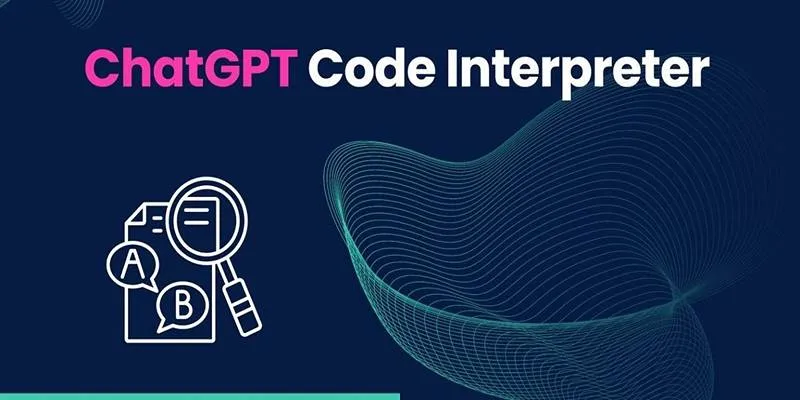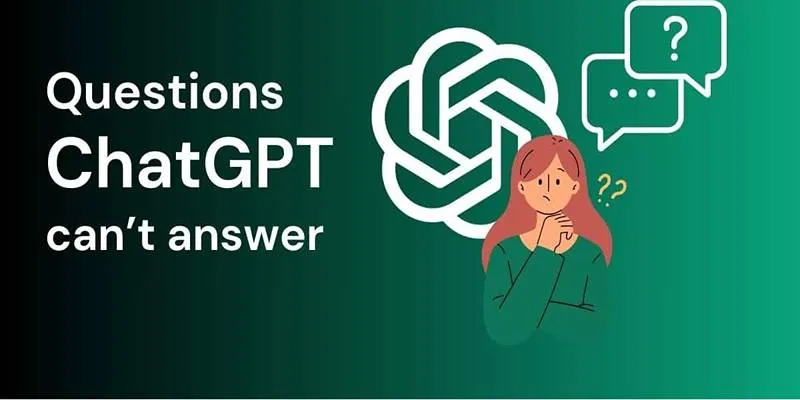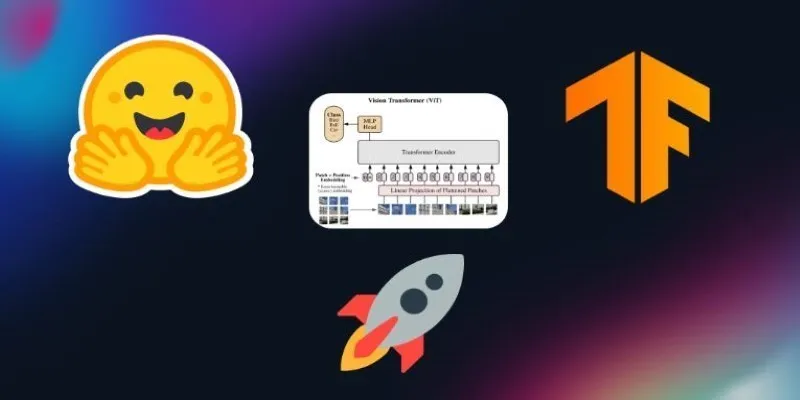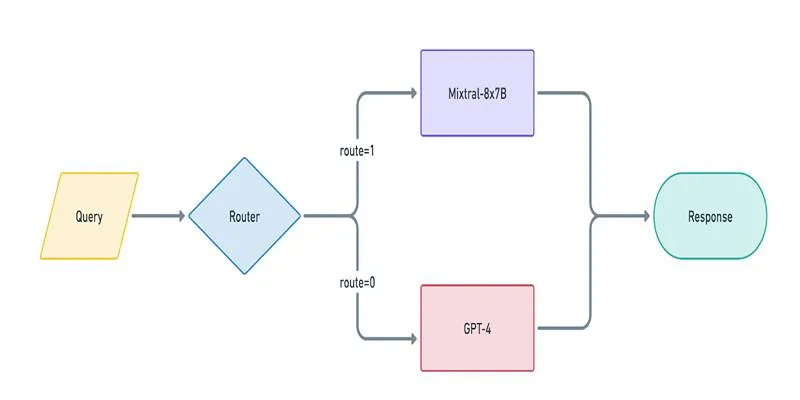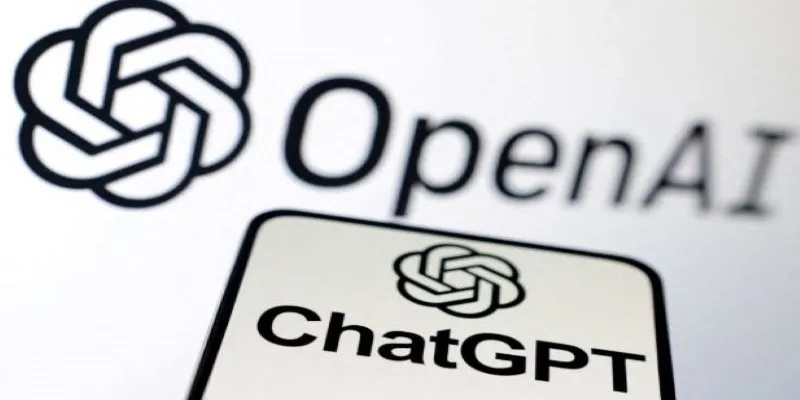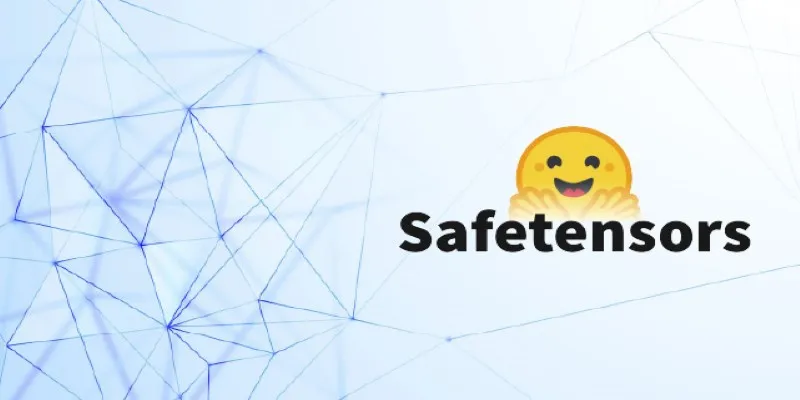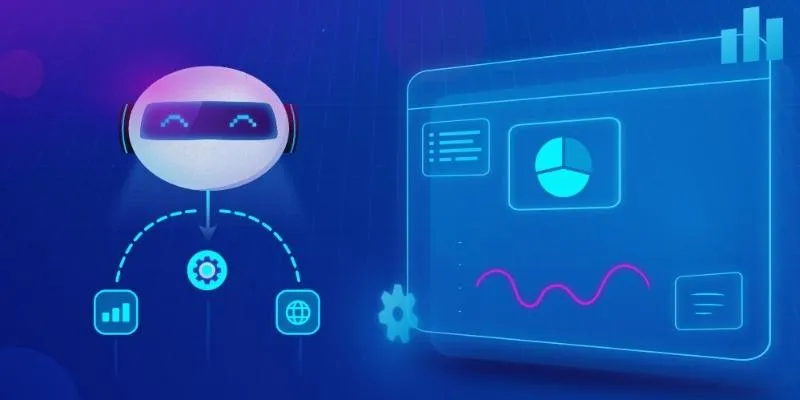Artificial intelligence (AI) is revolutionizing how we interact with our homes, bringing about advanced and intuitive systems. Among these, intelligent platforms like ChatGPT are gaining traction in home automation. As the popularity of “smart homes” with voice assistants and interconnected devices grows, the potential of ChatGPT as a smart home assistant becomes ever more compelling.
This article explores the question: Can ChatGPT control your smart home? The answer isn’t a straightforward yes or no. While ChatGPT wasn’t initially developed as a smart home controller, developers and tech enthusiasts are finding ways to integrate it into connected environments using APIs, home automation platforms, and custom code. Let’s delve into how this integration works, its limitations, and the future possibilities.
How Can ChatGPT Be Integrated into Smart Homes?
Although ChatGPT doesn’t natively support smart home device control , it can be integrated into home automation systems through third-party tools, APIs, and custom middleware. In this setup, ChatGPT primarily functions as a natural language processor, converting user requests into structured commands. Smart home platforms, designed to interact with hardware, handle the actual device control.
The integration process generally involves three key components:
- ChatGPT API Access: Developers utilize OpenAI’s API to send user inputs to ChatGPT and receive context-aware, language-based responses. This allows the system to interpret everyday speech, such as “Turn off the lights in the bedroom,” and understand the intent behind the request.
- Smart Home Platforms: The second component is the smart home control system. This could be an open-source platform like Home Assistant, cloud-based services like Google Nest or Amazon Alexa, or a specialized ecosystem like Josh.ai. These platforms are already capable of managing smart devices and running automation routines.
- Middleware or Custom Code: A middleware layer—usually custom-built—serves as the interpreter between ChatGPT’s responses and the smart home hub. It translates ChatGPT’s outputs into specific commands that the home platform understands and forwards them for execution. This might involve turning on lights, adjusting thermostats, or locking doors, based on the user’s intent.
In this setup, ChatGPT processes a user’s request, such as “dim the living room lights,” and passes it to the automation hub, which then executes the action through its connection to the physical device.
Evaluating the Efficiency of ChatGPT in Device Control

Assessing ChatGPT’s efficiency in controlling smart home devices involves examining several factors:
- Response Time: ChatGPT’s reliance on cloud processing can introduce latency. While acceptable for non-critical tasks, it may not be ideal for time-sensitive commands, affecting real-time applications like emergency lighting or instant security adjustments.
- Accuracy: While ChatGPT excels at understanding natural language, reducing the need for specific phrasing, its interpretations may occasionally deviate from user intent, especially with ambiguous commands. This makes precise configuration and testing essential for reliable results.
- Complexity Handling: ChatGPT can manage complex, multi-step instructions, offering an advantage over traditional voice assistants that often require precise, single-step commands. Its conversational memory allows it to understand follow-up commands naturally.
- Learning Curve: Setting up ChatGPT integration requires technical knowledge, making it less accessible to the average user compared to plug-and-play smart home solutions. Users must be comfortable with APIs, middleware, and basic coding to fully utilize its potential.
Overall, while ChatGPT offers advanced conversational capabilities, its efficiency in device control depends on the specific use case and the user’s technical proficiency.
Technical Foundations: How It All Works?
To use ChatGPT for smart home control, several components must come together:
- The ChatGPT API: This acts as the brain of the operation. Developers send user queries or voice input to the API and receive a generated response. It handles natural language understanding and returns context-aware output based on user intent.
- Voice-to-Text Tools: Applications like Whisper or third-party plugins allow users to speak instead of type, making the interaction hands-free. These tools convert spoken commands into clean, readable text that ChatGPT can interpret with greater accuracy.
- Home Automation Platforms: These include services like Home Assistant, Google Home, Alexa, or Apple HomeKit, serving as the bridge between AI and physical devices.
- Custom Middleware: Scripts or services are often required to map ChatGPT’s language responses to actionable commands. For example, translating “dim the living room lights” into a function that communicates with a smart light switch. Middleware ensures that communication between systems is consistent, secure, and device-compatible.
This setup can get complex and requires a good understanding of both programming and smart home protocols, making it more accessible to advanced users and developers for now.
Should Users Adopt ChatGPT for Smart Home Control?
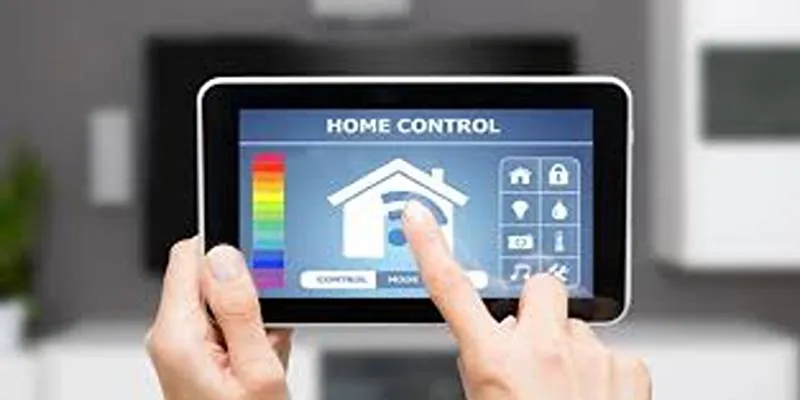
Currently, ChatGPT is not a plug-and-play solution for home automation. It serves best as a supplementary tool for those who already use smart home hubs and want to enhance their systems with AI-generated assistance.
For tech-savvy users and developers, integrating ChatGPT can lead to creative and highly customized smart home experiences. However, for the average user seeking reliability and simplicity, existing smart assistants like Alexa or Google Assistant remain more practical options—for now. As the technology matures and integrations become more user-friendly, ChatGPT could become a more central component in managing smart environments.
Conclusion
ChatGPT is not yet a full-fledged smart home controller, but it is increasingly being adapted for use in custom smart home setups. Through API connections, open-source automation platforms, and user-generated code, ChatGPT can act as a natural language layer over existing systems—interpreting commands and enhancing smart home interactions.
While current applications are still experimental and often complex to implement, the potential for ChatGPT to play a central role in smart living spaces is strong. As the AI ecosystem evolves, ChatGPT may soon power homes that respond not just to commands—but to conversation context and human intuition.
 zfn9
zfn9




